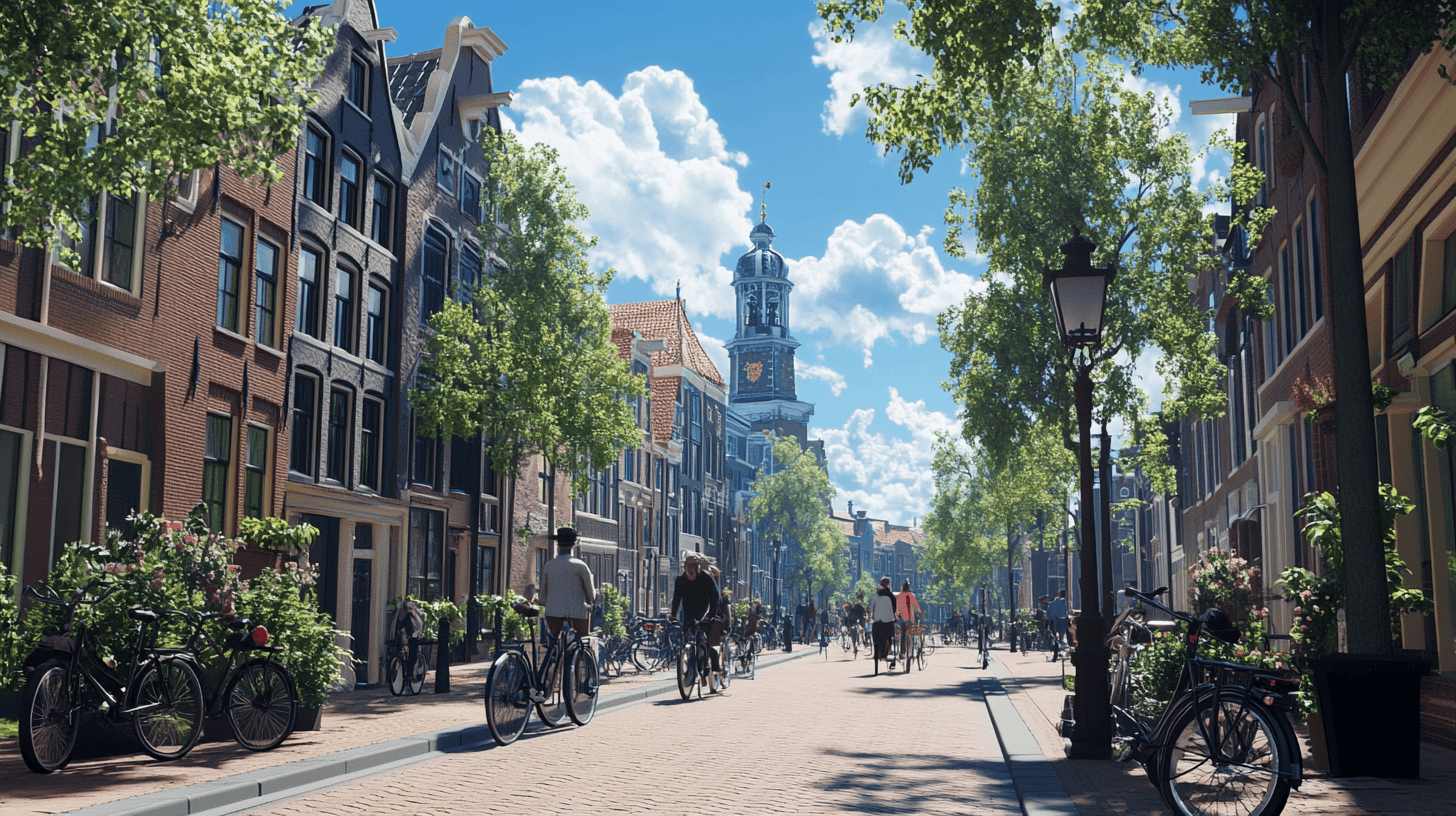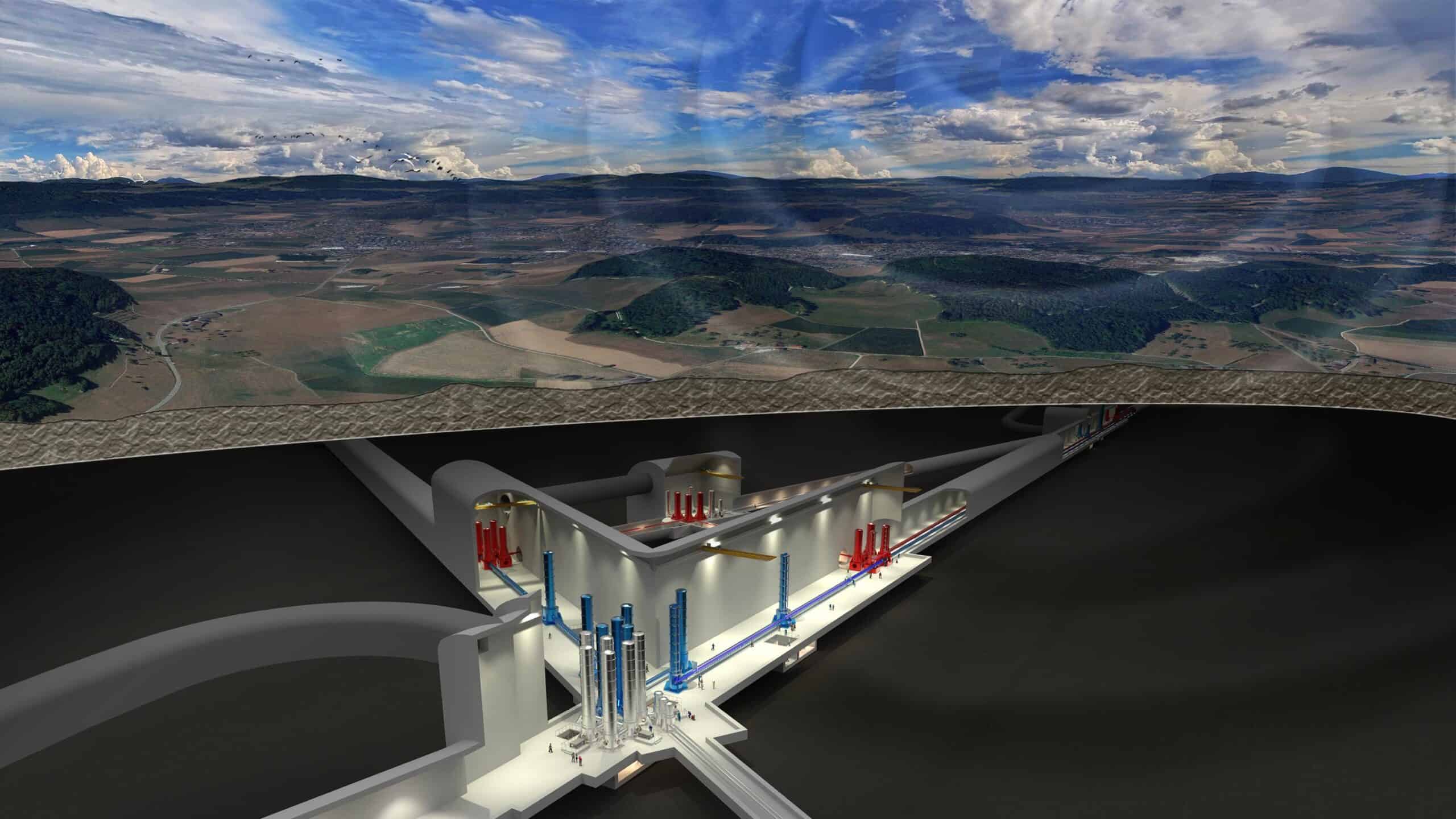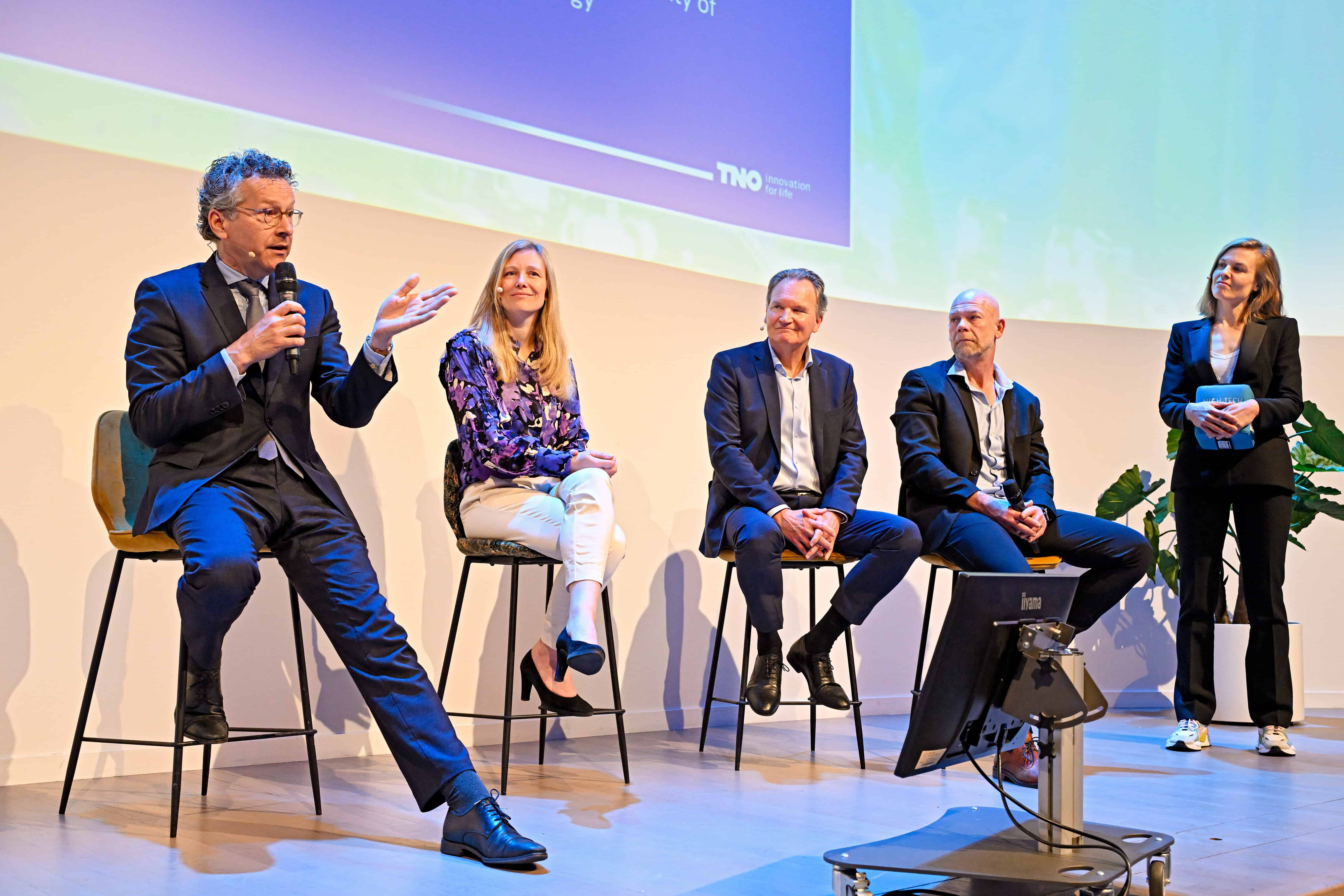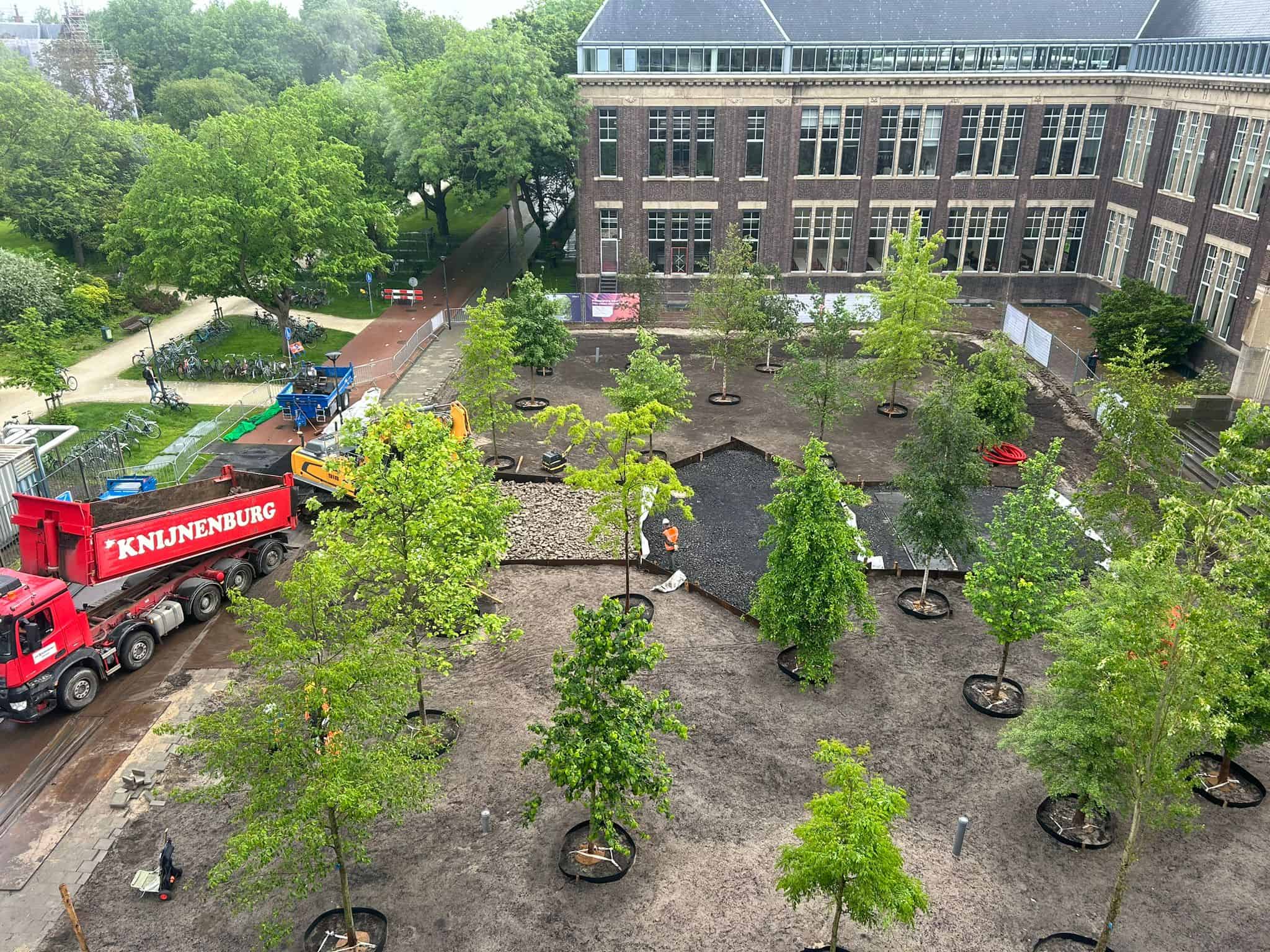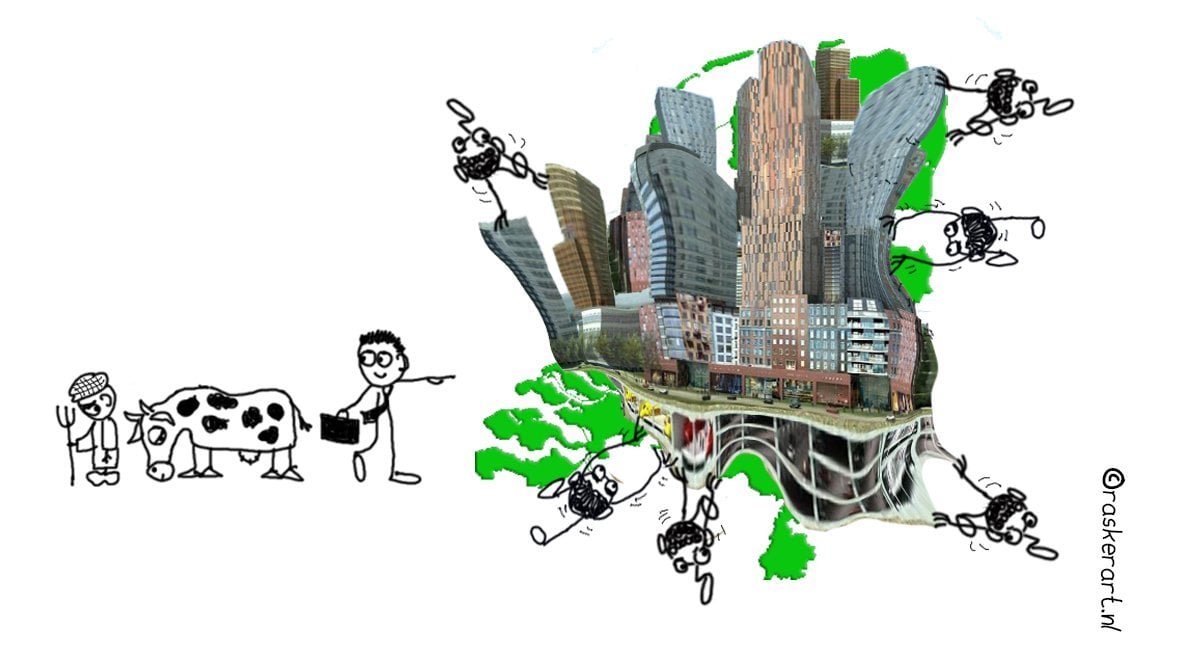
More and more people are moving into the city. In fact, in the coming years megacities are emerging where more than thirty million people live and work. It is by no means inconceivable that between now and 2025 about 70 percent of the world’s population will be living in these kinds of metropolises. With a population of 150,000 on average, Dutch cities cannot compete with this size. In order to keep its head above water, The Netherlands would do well to form a block together with Flanders and the German Ruhr region. Peter Savelberg, the innovator behind this Tristate City model, explained in last week’s best-read article how he envisages this. Savelberg believes that with a total of more than forty million inhabitants and know-how and a high level of prosperity and welfare, this block would be capable of competing with world cities such as Hong Kong.
A bad idea?
A bad idea according to Zef Hemel, Professor of Urban and Regional Planning at the University of Amsterdam: “From an economic point of view, this kind of a metropolis is not at all attractive. Moreover, this urban model is not sustainable. An average Dutch person emits far more CO2 than someone in Hong Kong. There they use the metro to do everything, while here we travel plenty of kilometers by car. We have also lost out in the area of public transport, as we do not have a national metro network. The metropolitan area of Los Angeles does have that and it has about as many inhabitants as the Netherlands.”
Hemel clarifies that the idea which sees The Netherlands is one big city is not new. “Prime Minister Wim Kok was already saying that back in the mid 1990s. The national road network had just been completed and everyone could suddenly cross the country at high speed in just two or three hours.” The idea was that with the completion of the road network (and the simultaneous advent of the internet), it no longer mattered where someone was located. “But the opposite is true. This is the paradox we find ourselves in. More centralization has taken place since the completion of the national road network and the establishment of the internet. The pull factor of the center, referred to in The Netherlands as the Randstad, has only increased due to improved accessibility. Everyone wants to be a part of it.”
Inner cities are no longer bustling
As an example, Hemel mentions the move since the early 1990s of various head offices out of the provinces into Amsterdam. Perhaps the best-known example is Philips, which moved from Eindhoven to the main city in 1993. ” Concentration has increased since the 1990s. Research has shown that many city centers are no longer bustling, shops are empty and young people are moving to the Randstad because ‘that’s where it’s happening’.
This phenomenon is also seen in the healthcare sector. By merging hospitals, more and more towards the big city, regions are experiencing problems. The 45 minute standard for ambulances to get to a primary care center is under pressure and patients outside the Randstad have to travel further to get to a good hospital”.
University = diversity
When it comes to innovation, Hemel also does not see any advantage for The Netherlands in being one big city: “Cities play an important role in the knowledge economy. A good university with laboratories and researchers on a campus is not enough.
In America, you have college towns where the talent leaves after graduation. It only becomes interesting if a university is embedded in the metropolitan area. That’s when a university can profit from its proximity and from the availability of complex ecosystems. In New York you have Columbia, Cornell-Tech and NYU. These universities are among the best in the world. You can also see this reflected lower down the rankings, as there are state universities like the City University of New York (CUNY) that perform better than Dutch universities. That’s because they all benefit from New York’s diversity and critical mass. More people and widespread use of public transport. Fewer kilometers of traffic jams, because everyone uses the metro network.”
Hemel believes that there The Netherlands lacks the mentality to think in terms of a metropolis: “We don’t like it when people are banging their own drums like that. There’s the dutch saying: ‘Doe maar gewoon dan doe je al gek genoeg‘ – (which means ‘act normal, that’s crazy enough.’ Comparable to ‘don’t stick your neck out’, ed.) The same goes for the universities. There is less tension and less variance between universities here. But that’s what is necessary in order to move forward.”
Acceptance is still a long way off
Spatial concentration is not just confined to the Netherlands: “In the past, we mistakenly thought that this only happened in developing countries. But it is also happening in France, Switzerland, Great Britain and Canada. Toronto has a strong magnetic pull in Canada. I think that we should not keep on resisting this, but should accept this phenomenon. That’s how we can prepare for it.”
But the professor has seldom seen that acceptance as yet. According to him, various ministries in the Netherlands are doing everything in their power to turn the tide.
“The government is trying to promote the spread of urban development outside of the main cities as much as possible through all kinds of regional programs. I can count a considerable number of initiatives to help the regions grow and move forward. It would be more sensible in terms of sustainability to accept that networking leads to greater spatial concentration. Seeing the Netherlands as one big city is possible, but we shouldn’t think that this will even everything out.” Hemel is convinced that this model will inevitably lead to major differences between urban and rural areas. Hemel: “It is an illusion that we would be able to keep residents in one big, country-wide, highly disparate and fragmented city.”



